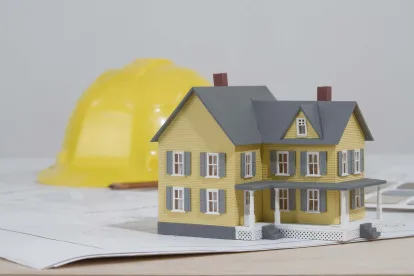In this recent affordable housing decision, the Appellate Division upheld a Union County trial court’s final order granting a builder’s remedy to plaintiff Cranford Development Associates, LLC (the “developer”) for the construction of a 360-unit residential development in Cranford. The court made several noteworthy points, the most significant of which relates to the requirement that the developer be the “catalyst” for change.
First, the appellate court agreed that the plaintiff developer satisfied the requirement to negotiate in good faith before filing the lawsuit. The court found that the underlying record made clear that the Township had no interest in negotiating with the developer, and there is no administrative exhaustion requirement in Mount Laurel litigation.
Second, and significantly, the appellate court concluded that the Township’s “catalyst” argument must fail because the Township did not bring itself into compliance before or during the litigation. Instead, the Township finally complied with a court order and adopted a revised zoning ordinance at the end of the litigation. The court held that a Mount Laurel plaintiff which has won the underlying exclusionary zoning lawsuit is not also required to prove that it was a “catalyst” for change in order to qualify for a builder’s remedy.
Third, the appellate court found no abuse of the trial court’s discretion in appointing a special hearing examiner to oversee final site plan approval, as the court’s authority to appoint Special Masters in Mount Laurel cases is well established, and in this case, the underlying record reflected no objection to the court’s order appointing the hearing examiner. Similarly, the court found that the Township’s arguments concerning the adequacy of the hearing notice and the location of the hearings were appropriately addressed by the hearing examiner and trial judge and, therefore, lacked sufficient merit to warrant further discussion.
Fourth, the appellate panel rejected the Township’s argument that the trial court either had to permit the originally sought 419 units as the builder’s remedy or reject the builder’s remedy altogether. The appellate court concluded that such an “all or nothing” approach would encourage repetitive litigation, contrary to the policy expressed in Mount Laurel II that builder’s remedy lawsuits should be streamlined as much as possible so as to produce results (i.e., constructed affordable housing) rather than more litigation.
Prospective affordable housing developers should be empowered to some degree by the court’s careful assessment of the policies and practical considerations necessary to achieve compliance with the spirit and intent of the Mount Laurel mandate.




 />i
/>i
